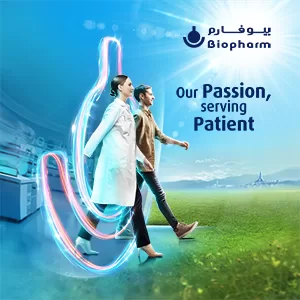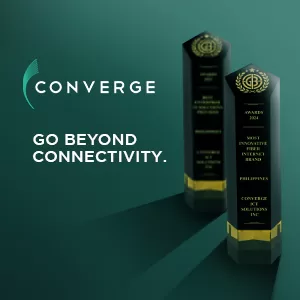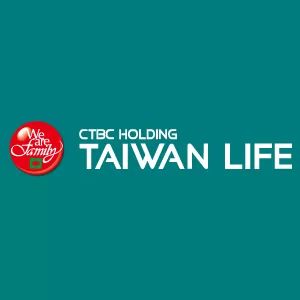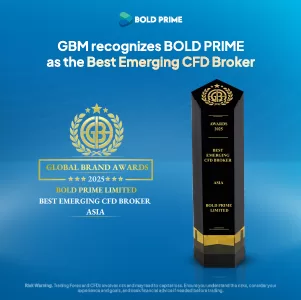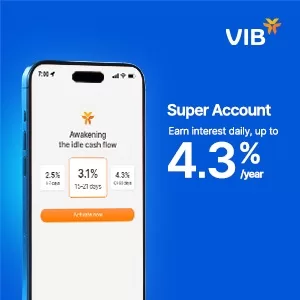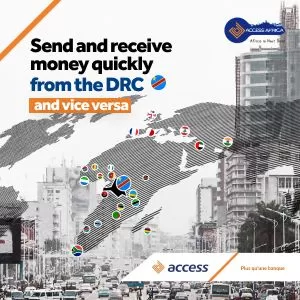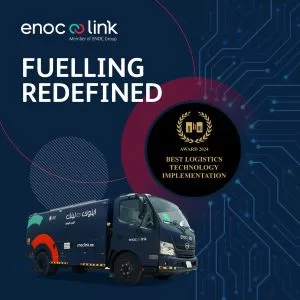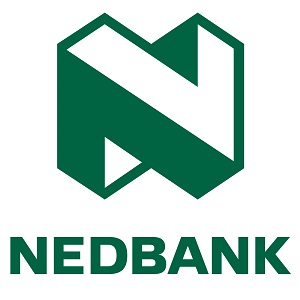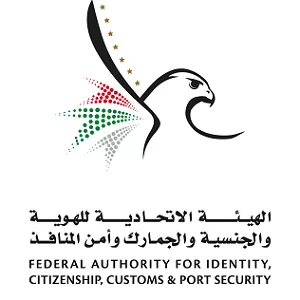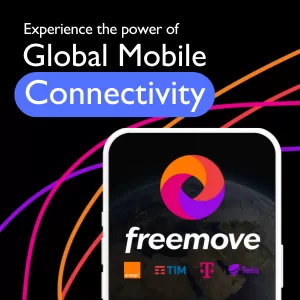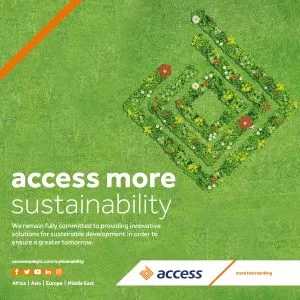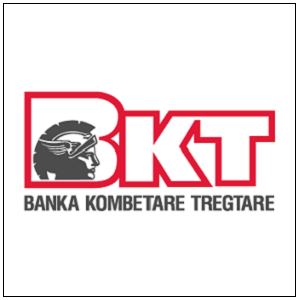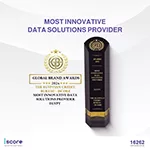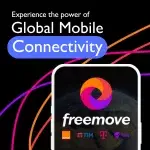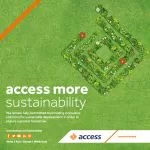Auto
Tesla Robotaxi Launch in Austin Signals Shift in Urban Transport and Global Brand Strategies
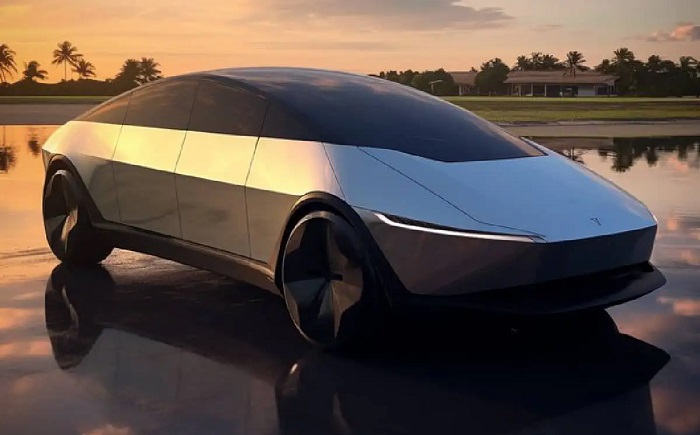
- Tesla is now debuting the testing of on-demand self-driving robotaxis in the city of Austin, Texas, where a $4.20 flat fare is charged for each ride.
- The pilot may be reshaping how brands think about autonomous services, pricing models, and urban engagement.
Tesla Begins Robotaxi Pilot in Austin
Tesla has launched a pilot programme for its robotaxi service in Austin, Texas. With the rollout, the company is letting a few select users take self-driving Teslas out for rides at a flat fee of $4.20. This, of course, speaks to bigger ambitions around Tesla leading in autonomous transport and shifting expectations in the public regarding car ownership and mobility.
Why Austin Was Chosen for the Pilot
Austin, home to Tesla’s Gigafactory and a growing hub for technology and innovation, was a logical choice for this limited test. The infrastructure, diverse demography, and recognition of Tesla’s name give it a sufficient environment for testing public reception as well as the real-life performance of the fully autonomous rides.
How the Robotaxi Service Works
This pilot uses Tesla’s Full Self-Driving (FSD) software and vehicles already in the hands of existing customers. If a Tesla owner wills it so, their car can be made available for on-demand use as a robotaxi, whereby the owner is compensated by Tesla on a time-of-use basis. This shared-ownership framework allows Tesla the opportunity to test the demand and fleet operations without committing to either building or acquiring another set of vehicles.
Price Point and Market Positioning
The rides cost $4.20 regardless of distance or time of day, which undercuts most traditional ride-hailing services in the city. As per local market data, with regard to ride-hailing services in Austin, an average Fare usually comes to anywhere around $13-$18 for a short distance. By setting a fixed fee equal to or lower than this, Tesla is trying to provide users with an economically feasible and price-stable option.
Early-Stage Rollout and Data Collection
The initial rollout is confined to a closely restricted, invite-only group of individuals so that Tesla may observe how people manoeuvre fully autonomous vehicles in the unfenced urban setting. Such insights will be utilised for the further phases of development and deployment. For now, the pilot offers an early glimpse into Tesla’s long-term goals of developing a full-scale robotaxi network that can operate in cities around the world.
Tesla’s Approach vs Other Autonomous Vehicle Projects
This robotaxi model is different from other autonomous vehicle projects. Companies like Waymo and Cruise have invested in purpose-built autonomous pods or heavily modified vehicles. In contrast, Tesla relies on its existing consumer fleet. The only requirement is the installation of its proprietary FSD software. There are no dedicated robotaxi units; the vehicles remain private property, activated as part of a decentralised network.
Scalability Through Existing Infrastructure
This approach could prove more scalable if it works. It avoids the high capital costs of building and maintaining a fleet while giving car owners a new way to monetise their vehicle when it is not in use. The idea is that your Tesla can be earning for you while you’re at work or asleep at home.
Strategic Choice and Regulatory Flexibility
For brands observing this rollout, it is worth noting that Tesla is not waiting for global regulatory alignment before moving ahead. It is identifying markets that are receptive and creating proof points in those areas. Austin’s city government has shown flexibility in working with Tesla in the past, making it a safe environment for early testing.
Broader Vision of Mobility
Tesla has consistently emphasised a vision where private ownership of cars is no longer necessary. In interviews and earnings calls, Elon Musk has spoken about a future in which people use Teslas as they would use a ride-hailing service today, but without the need for drivers. This pilot represents the first attempt to realise that idea beyond internal testing.
Vehicle Models and Software Integration
Currently, the pilot fleet comprises Teslas, Model Y and Model 3. Being highly popular and well-known were also factors allotted to offset user concerns about getting into a driverless car. All vehicles carry the most recent FSD software of Tesla, which has undergone updates and fine-tunings based on feedback from users and real-world use.
Transparency and Future Data Releases
While providing timely updates on the performance of the pilot programme is not done by Tesla, there are no publicly available parameters measuring rides offered, service availability, and incident reports. However, when all activities move into a wider hoop, these would take on great importance in viability and public safety matters.
Brand Strategy and Public Perception
The rollout, from a brand point of view, ensures that Tesla truly maintains the image of a fast-moving company that public tests and implements actual user feedback in the development cycle. Moreover, the choice to get started with existing cars, rather than create new hardware, aligns with Tesla’s broader goal of using software to boost the utility of its hardware.
Urban Mobility and Consumer Expectations
Urban mobility is rapidly becoming a central theme in global brand positioning. Consumers are looking for accessible, sustainable, and affordable options to get around cities. Tesla’s robotaxi initiative touches all three areas. It challenges both the pricing model of existing ride services and the way car ownership is understood.
Potential Influence on City Planning
If the pilot proves successful, it could influence how cities regulate autonomous vehicles. It may also affect how consumers approach car buying. Will people still want to own cars that sit idle most of the day, or will they prefer access over ownership?
Competitive Landscape and Industry Pressure
Tesla’s move also creates pressure on other players in the automotive and ride-hailing sectors. Companies like Uber and Lyft, which rely heavily on contract drivers, face the risk of being undercut by fully automated services. Traditional car manufacturers investing in autonomy may also need to reconsider their deployment strategies.
Aggressive Pricing as Market Strategy
Tesla’s pricing strategy is particularly aggressive. By setting a flat fee well below market averages, the brand is prioritising uptake and visibility over immediate profitability. This could attract regular riders who are price-sensitive or curious about autonomous travel, offering Tesla a valuable stream of user behaviour data.
Learning from Public Testing
In terms of brand reach, this pilot will likely contribute to Tesla’s ongoing reputation as a company that challenges norms and moves quickly. It also reinforces the role of real-world testing in brand innovation. Rather than relying solely on simulations or controlled environments, Tesla is putting its technology into the public domain and gathering live feedback.
Risks and Long-Term Benefits
This approach has its risks. Public perception can turn quickly if safety issues arise or if the technology does not meet expectations. But it also creates a clear competitive advantage: Tesla is learning in real conditions, not theoretical ones.
Scaling and Regulatory Influence
As more cities around the world grapple with traffic congestion, emissions targets, and the need for accessible transport, the relevance of services like robotaxis will grow. Tesla’s early entry gives it a head start in shaping these discussions and influencing regulatory frameworks.
Market Impact and Future Models
While the pilot is currently small, its impact could be much larger. It provides a model that other brands may choose to follow, especially if it proves economically viable and gains consumer trust.
What Can We Expect from the Industry?
Tesla’s robotaxi pilot is likely to accelerate responses from other brands. Here’s what we might see next:
- Uber and Lyft may expand partnerships with autonomous tech firms to reduce dependency on human drivers.
- Traditional carmakers like Ford, GM, and Toyota could double down on their autonomous vehicle initiatives, possibly fast-tracking existing pilot programmes.
- Chinese EV brands with strong software capabilities, such as BYD and XPeng, may look to replicate similar pilots in domestic cities.
- Regulators may begin drafting specific policies for mixed-use fleets where consumer vehicles are repurposed for commercial use.
As the mobility landscape changes, competition will not only be about vehicle features or price but also about who controls the user experience, the data, and the trust of the rider.
Tesla has taken an early lead. Whether others will follow with similar models or propose alternatives remains to be seen.
For now, all eyes are on Austin.

